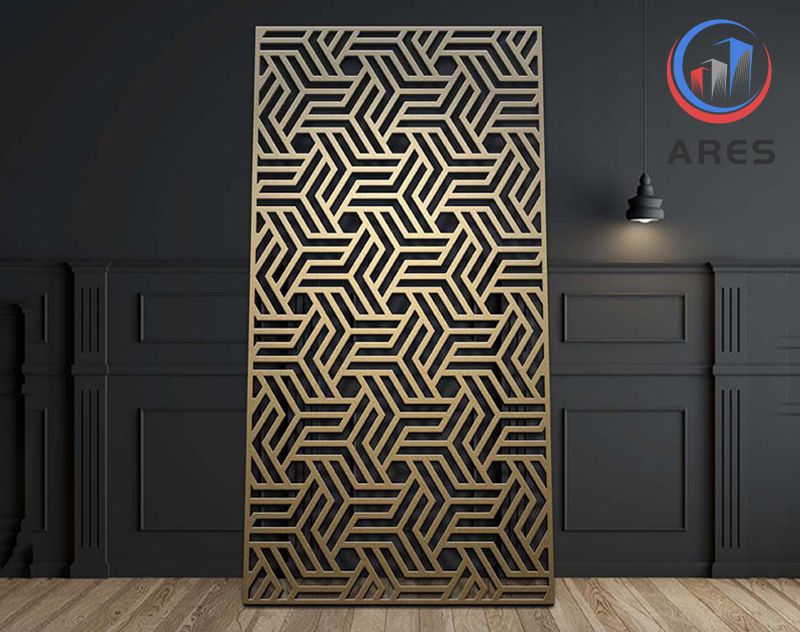Standard Expanded Metal Sheet Pricing List Comprehensive Guide to Cost and Availability
Understanding the Standard Expanded Metal Sheet Price List
In the world of construction and manufacturing, expanded metal sheets are indispensable components due to their strength, durability, and versatility. These sheets come in various standard sizes and specifications, each with its own price point. The standard expanded metal sheet price list is a critical tool for both suppliers and buyers, ensuring transparency and fair transactions.
The price list typically starts by categorizing the expanded metal sheets based on materials such as aluminum, steel, or stainless steel. Each material comes with its own set of properties and costs, affecting the final price per square meter. For instance, stainless steel might be priced higher due to its corrosion resistance and strength, while aluminum might be cheaper but still offer advantages like lightweight and rust resistance.
Next, the list delineates different dimensions and gauges (thicknesses) available. Larger sheets or those with a heavier gauge often command higher prices due to the increased material usage. It's important for buyers to understand that going for a larger size or thicker gauge might increase the cost per unit area, but it could also reduce overall project expenses by minimizing waste and speeding up installation.
Furthermore, surface treatments such as galvanization or coating play a crucial role in the pricing
Furthermore, surface treatments such as galvanization or coating play a crucial role in the pricing

Furthermore, surface treatments such as galvanization or coating play a crucial role in the pricing
Furthermore, surface treatments such as galvanization or coating play a crucial role in the pricing
 standard expanded metal sheet pricelist
standard expanded metal sheet pricelist. These processes aim to enhance the metal's longevity and appearance, thus attracting a premium. Galvanized steel, for example, is more resistant to weathering and therefore suitable for external applications, justifiably raising its price compared to untreated options.
Additional factors like shipping, handling, and any value-added services such as custom cutting or punching can add to the final quote. Buyers should carefully review these additional charges to ensure they are justified and not inflating the cost unnecessarily.
In conclusion, the standard expanded metal sheet price list serves as a fundamental reference for budgeting and decision-making in industrial projects. By understanding the nuances of material types, dimensions, gauges, surface treatments, and additional services, both parties can engage in informed negotiations and secure mutually beneficial agreements. It’s paramount for industry professionals to keep abreast of market fluctuations and supplier updates to this price list, as it directly impacts the bottom line of their ventures.
 Furthermore, surface treatments such as galvanization or coating play a crucial role in the pricing
Furthermore, surface treatments such as galvanization or coating play a crucial role in the pricing
Furthermore, surface treatments such as galvanization or coating play a crucial role in the pricing
Furthermore, surface treatments such as galvanization or coating play a crucial role in the pricing standard expanded metal sheet pricelist. These processes aim to enhance the metal's longevity and appearance, thus attracting a premium. Galvanized steel, for example, is more resistant to weathering and therefore suitable for external applications, justifiably raising its price compared to untreated options.
Additional factors like shipping, handling, and any value-added services such as custom cutting or punching can add to the final quote. Buyers should carefully review these additional charges to ensure they are justified and not inflating the cost unnecessarily.
In conclusion, the standard expanded metal sheet price list serves as a fundamental reference for budgeting and decision-making in industrial projects. By understanding the nuances of material types, dimensions, gauges, surface treatments, and additional services, both parties can engage in informed negotiations and secure mutually beneficial agreements. It’s paramount for industry professionals to keep abreast of market fluctuations and supplier updates to this price list, as it directly impacts the bottom line of their ventures.
standard expanded metal sheet pricelist. These processes aim to enhance the metal's longevity and appearance, thus attracting a premium. Galvanized steel, for example, is more resistant to weathering and therefore suitable for external applications, justifiably raising its price compared to untreated options.
Additional factors like shipping, handling, and any value-added services such as custom cutting or punching can add to the final quote. Buyers should carefully review these additional charges to ensure they are justified and not inflating the cost unnecessarily.
In conclusion, the standard expanded metal sheet price list serves as a fundamental reference for budgeting and decision-making in industrial projects. By understanding the nuances of material types, dimensions, gauges, surface treatments, and additional services, both parties can engage in informed negotiations and secure mutually beneficial agreements. It’s paramount for industry professionals to keep abreast of market fluctuations and supplier updates to this price list, as it directly impacts the bottom line of their ventures.